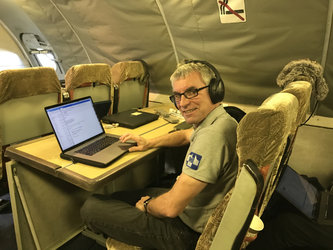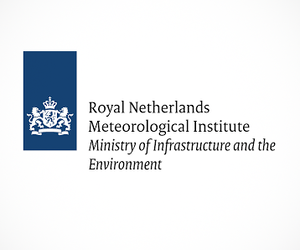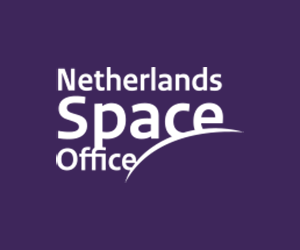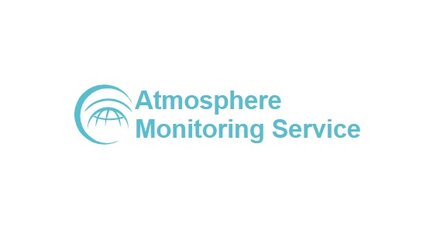Claus Zehner: Mission Manager
In his role as Sentinel-5P Mission Manager, Claus Zehner will be responsible for the satellite once it enters the exploitation phase, approximately six months after launch.
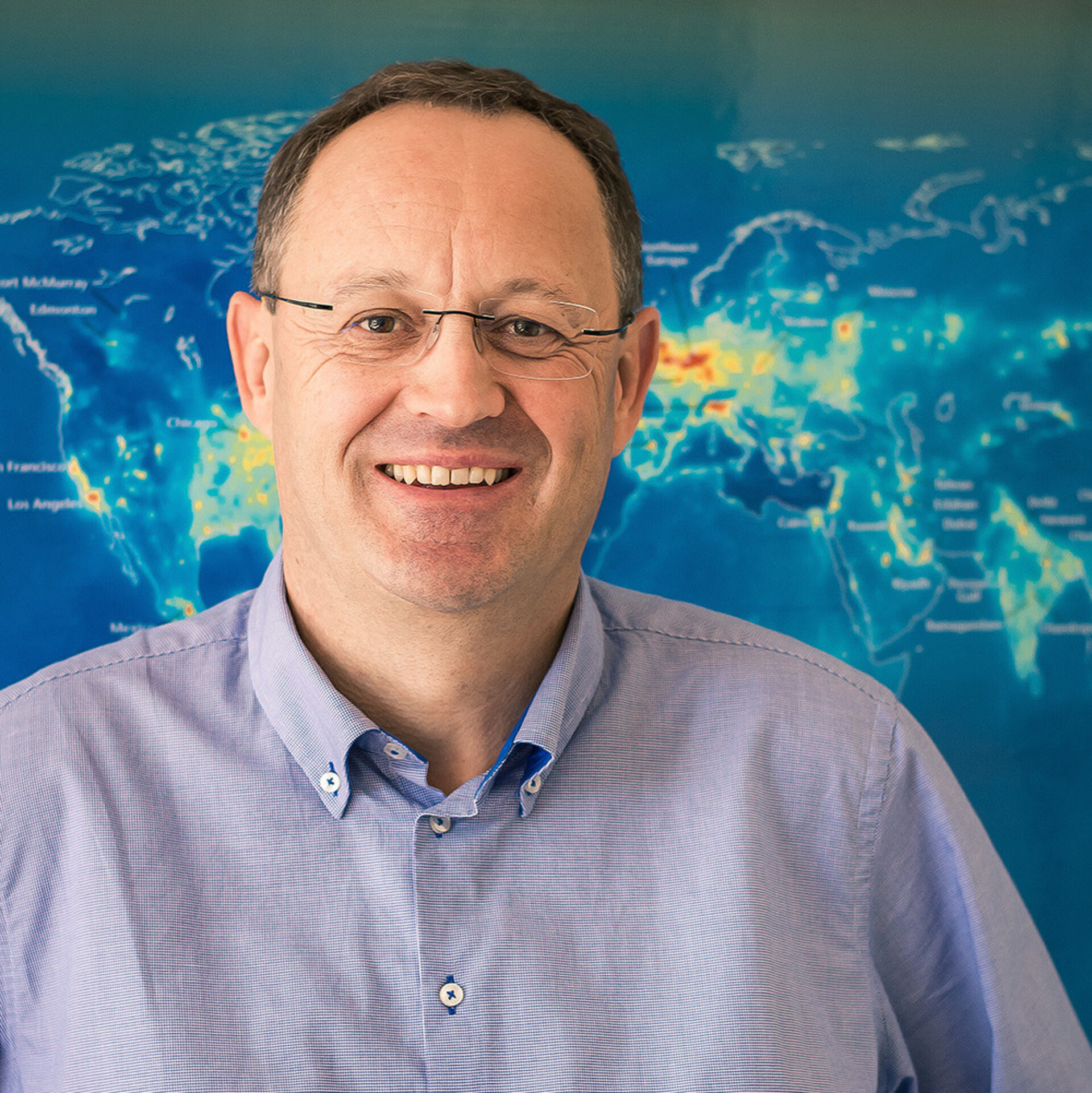
Claus, Austrian national, began working forESA in 1993 as a Young Graduate to develop an operational quality assurance software system for the Global Ozone Monitoring Experiment – or GOME. Since 1995, Claus has been working as an ESA staff member on the exploitation of atmospheric satellite missions. He managed scientific and applications development projects, including the generation of atmospheric Essential Climate Variables. In November 2016 he was named Mission Manager for the Sentinel-5 Precursor satellite, and for the Sentinel-4 and Sentinel-5 instruments.
Claus received his degree in geophysics at the University of Technology Graz, Austria, and did a PhD on atmospheric remote sensing at the Karl Franzens University in Graz.
ESA: What will your role as Sentinel-5P Mission Manager involve?
Claus Zehner
The main task will be to ensure that the quality of the Sentinel-5 Precursor core products and services meet the requirements of the Copernicus Programme and Services as established by the European Commission. This will require close interaction with several different teams within ESA and with Dutch partners, such as KNMI who co-funded the Tropomi instrument. Close interaction with the user community will also be essential in order to ensure a mission that is fit for purpose.
ESA: Sentinel-5P’s multispectral imaging spectrometer will provide information on nitrogen dioxide, ozone, formaldehyde, sulphur dioxide, methane and carbon monoxide concentrations – as well as aerosols and clouds. Who will be the main users of the data?
Claus Zehner
Atmospheric scientists will use Sentinel-5P data to extend existing, long-time series of trace gases based on measurements from the GOME, Sciamachy, GOME-2A/B and OMI instruments for climate and air-quality monitoring. The global coverage and the small ground-pixel size will support improved forecasting of air quality as it is done by the operational Copernicus Atmospheric Monitoring Service. Sentinel-5P will also give the possibility to commercial service providers to develop improved applications that can be provided directly to end-users via cellular phones, such as advice to vulnerable people about air pollution or sun exposure time.
ESA: What are you most looking forward to with Sentinel-5P?
Claus Zehner
I’m looking forward to working closely with the user community.
ESA: What do you expect to be the biggest challenges for the mission?
Claus Zehner
To provide Sentinel-5P products with clear and realistic error characterisation to ensure optimal user uptake of them.
Editor's note:
This is one in a series of interviews with some of the key people that are involved in the Copernicus Sentinel-5P mission. Please check back as further interviews will be added in over the coming weeks.




